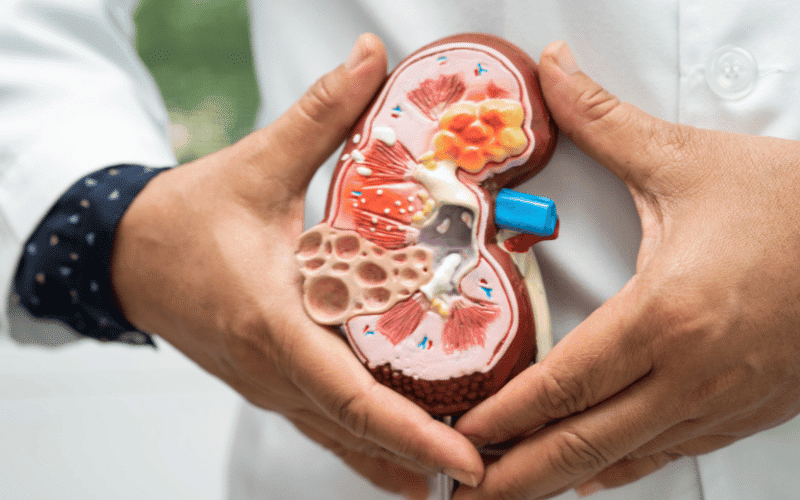Introduction: A Closer Look at Glomerulonephritis
Glomerulonephritis, a kidney condition that’s often overlooked, can have serious consequences if left unaddressed. In this detailed article, we’ll explore the ins and outs of glomerulonephritis, highlighting the top 10 symptoms you should be aware of, and empowering you with the knowledge you need to take control of your health. So, let’s dive into this lesser-known, yet highly significant kidney condition.

What is Glomerulonephritis?
Glomerulonephritis is a type of kidney disease characterized by inflammation of the glomeruli, the tiny blood vessels within the kidneys that help filter waste, excess fluid, and electrolytes from the blood to form urine. The inflammation can impair the kidneys’ ability to filter waste products, leading to a variety of symptoms and complications, such as proteinuria (protein in the urine), hematuria (blood in the urine), and swelling in the legs, ankles, or around the eyes.
There are two primary types of glomerulonephritis: acute and chronic. Acute glomerulonephritis comes on suddenly, while chronic glomerulonephritis develops slowly over time and can lead to kidney damage or even kidney failure if left untreated.
Glomerulonephritis can be caused by various factors, including autoimmune diseases, infections, genetic mutations, and certain medications. Some common autoimmune diseases that can lead to glomerulonephritis include lupus, IgA nephropathy, and Goodpasture syndrome. Infections, such as strep throat, hepatitis B or C, and HIV, can also cause glomerulonephritis. In some cases, the exact cause remains unknown. However, we’ll help you decode the top 10 symptoms you need to know about, so you can stay one step ahead.
Symptom 1: Swelling (Edema): A Subtle Sign of Trouble

Swelling, also known as edema, is often the first noticeable symptom of glomerulonephritis. This occurs when your kidneys fail to filter fluids properly, leading to a buildup in your body. Edema is most commonly observed in the legs, ankles, and feet, but it can also occur in other areas such as the face and hands.
The severity of swelling can vary from mild to severe, depending on the extent of kidney damage. In some cases, it might be difficult to notice, while in others, it can be quite pronounced. It’s essential to monitor for any changes in your body, as early detection can significantly impact your treatment options and long-term prognosis.
There are various factors that can contribute to edema, including high salt intake, prolonged immobility, and certain medications. If you notice any unexplained swelling, it’s crucial to consult your healthcare provider for further evaluation. They will help determine the underlying cause and develop a tailored treatment plan to address your specific needs.
Managing edema often involves a combination of lifestyle changes, such as reducing salt intake and increasing physical activity, along with medications to help regulate fluid balance. In cases of glomerulonephritis, treating the underlying inflammation can also significantly improve edema symptoms. (1)